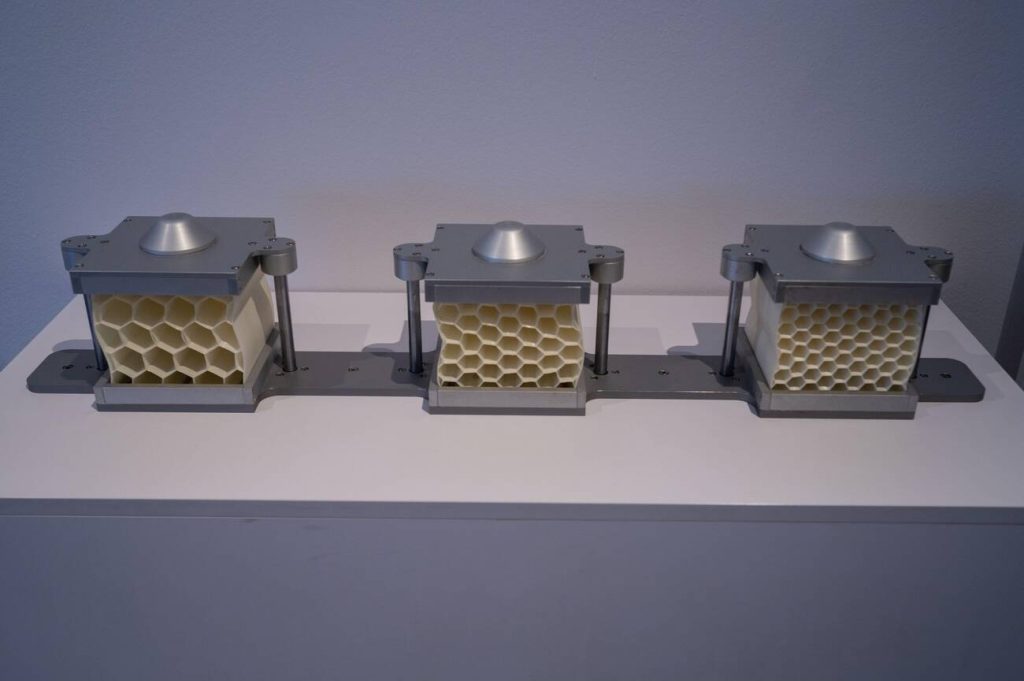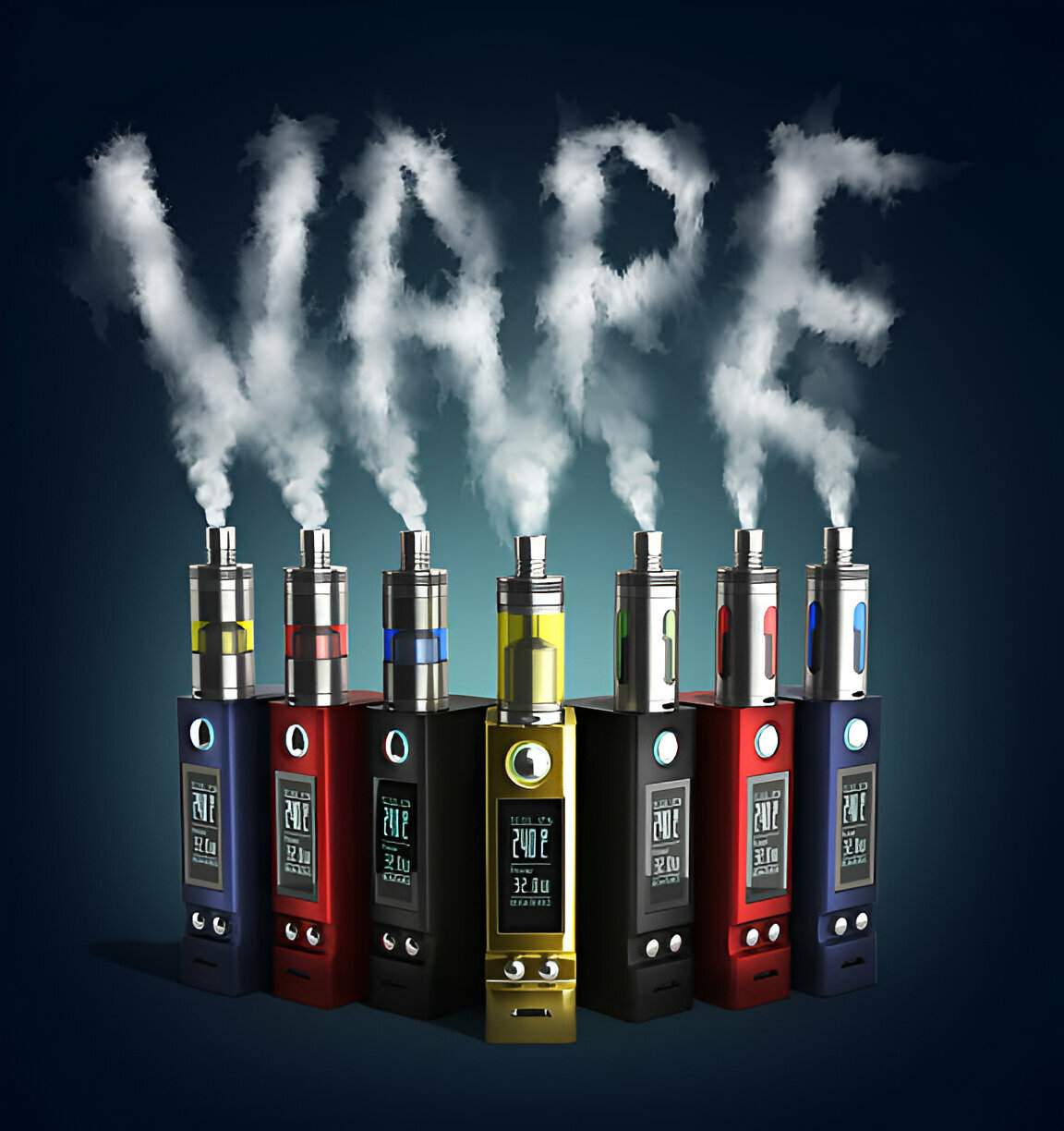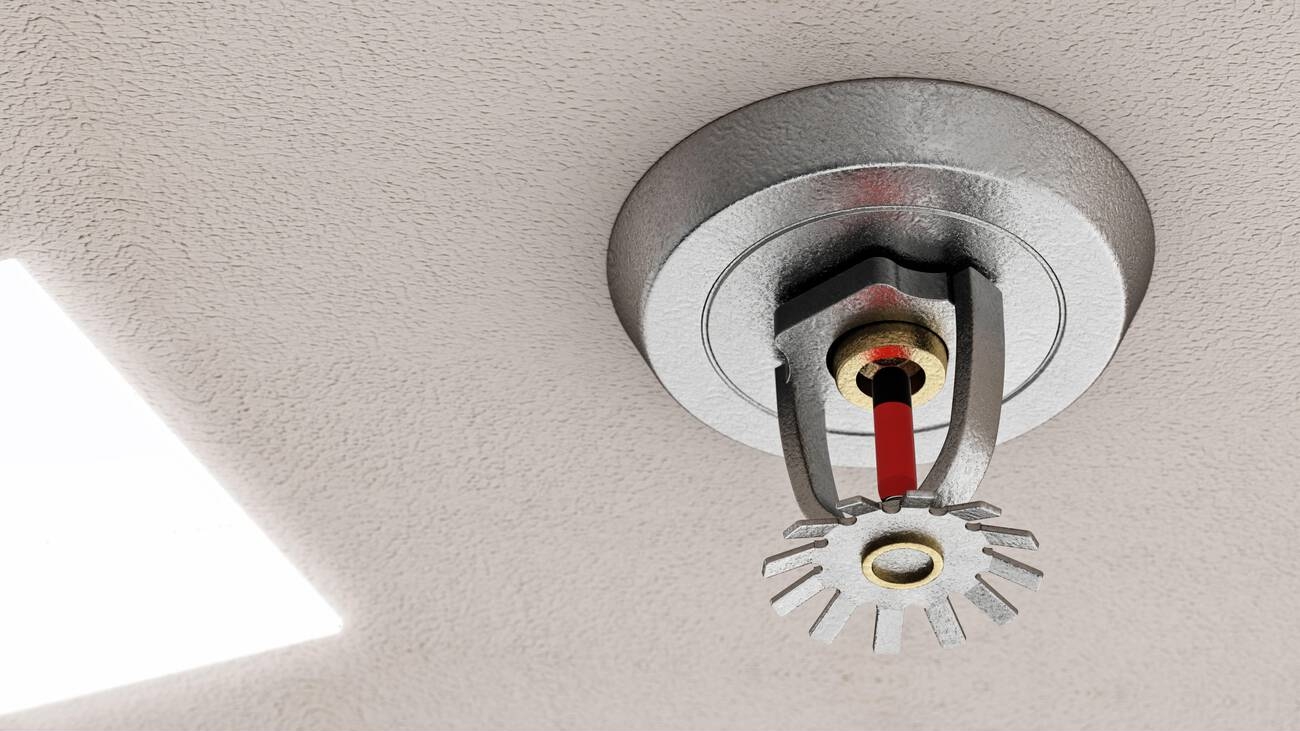Imagine a world where you have the power to control the density and strength of objects at your fingertips. With 3D printing infill, this dream becomes a reality. Infill percentage settings allow you to dictate the amount of material inside your prints, giving you ultimate control over their structure and characteristics. Whether you’re creating functional or non-functional prints, understanding how to choose the right infill density and pattern is key. Join us as we dive deep into the fascinating world of 3D printing infill and unlock its limitless possibilities.
The Basics of Infill Densities and Patterns
Infill refers to the density of plastic inside a 3D printed object, and you can control it by adjusting the infill percentage setting. It plays a crucial role in determining the strength and structure of your 3D printed parts. By choosing different infill percentages, you can influence the integrity, material consumption, and print speed of your object. Additionally, infill patterns also impact the internal structure of your print. Common infill patterns include lines, grid, triangles, cubic, concentric, zig-zag, honeycomb, and gyroid. Each pattern offers unique characteristics for different applications. Whether you’re printing functional objects or exploring creative ideas with 3D printing in construction or other fields, understanding and optimizing infill densities and patterns is essential for achieving desired results.
Understanding the Importance of Infill Percentage
To optimize the strength and weight of your 3D prints, it’s vital to understand the significance of adjusting the infill percentage. Infill refers to the density of plastic inside a 3D printed object. By adjusting the infill percentage, you can control the internal structure of your print. Higher infill percentages increase material usage and create stronger, more solid parts. On the other hand, lower infill percentages reduce weight and save material. When choosing an infill percentage, consider the purpose and design goals of your print. Non-functional prints can use lower percentages (0% to 15%), while functional prints require a higher density (minimum 50%). Experiment with different infill densities to find the right balance between strength and weight for your specific application.
Recommendations for Optimal Infill Percentage
For non-functional prints, a low infill percentage (0% to 15%) is sufficient to achieve the desired balance between strength and weight. To help you understand the recommendations for optimal infill percentage, here are four key points to consider:
- Flexibility: Lower infill percentages are ideal for creating flexible prints that require higher flexibility.
- Standard Prints: Infill percentages between 15% and 50% can benefit standard prints, striking a balance between strength and weight.
- Functional Prints: If your print needs to withstand forces and loads, a higher infill density of at least 50% is recommended for maximum strength.
- Material Consumption: The choice of infill percentage directly affects material usage and print time, so make sure to select an appropriate percentage based on your design goals and requirements.
Choosing the Right Infill Pattern
The choice of infill pattern greatly influences the internal structure and strength of a 3D printed object. Different infill patterns have varying effects on the final print’s weight, strength, and overall performance. By selecting the right infill pattern based on your specific needs, you can optimize your 3D prints for different applications.
To help you understand the impact of different infill patterns, here is a table showcasing some common patterns and their characteristics:
| Infill Pattern | Description | Strength | Weight |
|---|---|---|---|
| Lines/Grid | Simple pattern with straight lines forming a grid-like structure | Moderate | Light |
| Triangles | Interconnected triangles forming a strong internal structure | High | Moderate |
| Honeycomb | Hexagonal cells providing good strength and weight distribution | High | Moderate |
| Gyroid | Unique organic structure offering excellent strength and flexibility | Very High | Light |
Consider these factors when choosing an infill pattern: d printing filaments near me,d printing ideas to sell,d printing images,d printing in dentistry,d printing in medical field. Each pattern has its own advantages depending on the desired characteristics of your 3D printed object. Experimenting with different patterns can help you find the best combination of strength, weight, and performance for your specific application.
Infill Patterns for Strength and Weight Optimization
If you want to optimize the strength and weight of your 3D prints, consider choosing infill patterns that provide the right balance for your specific application. Here are four infill patterns that can help you achieve strength and weight optimization:
- Triangular pattern: This pattern forms a series of interconnected triangles, offering maximum resistance in the direction of the walls. It provides good strength while reducing material usage.
- Honeycomb pattern: Featuring hexagonal cells, this pattern provides excellent strength and weight distribution. It is commonly used for carbon fiber parts due to its structural integrity.
- Concentric pattern: Consisting of concentric circles filling the interior, this pattern offers a unique aesthetic while providing strength to standard prints.
- Gyroid pattern: This organic structure offers exceptional strength and flexibility, making it suitable for complex or intricate prints.
The Role of Infill in 3D Printed Parts
Infill plays a critical role in providing support and stability to 3D printed parts, influencing their strength and structure. By filling the internal space of a print with plastic material, infill helps to reinforce the object and prevent it from collapsing or breaking under stress. The density and pattern of infill can be adjusted based on the specific requirements of the print, such as desired strength, weight, and flexibility. Higher infill percentages result in stronger prints but also require more material and longer print times. Different infill patterns, such as lines, grid, triangles, honeycomb, or gyroid, offer varying levels of strength and weight optimization. Therefore, understanding the role of infill in 3D printing is crucial for achieving successful prints that meet design goals while balancing performance and efficiency.
Exploring Different Types of Infill Patterns
One option for infill patterns in 3D printing is the concentric pattern, which consists of concentric circles gradually filling the interior of the print. This pattern offers several advantages and can be beneficial for various applications.
Here are four key points to consider about the concentric infill pattern:
- Strength and Stability: The concentric pattern provides excellent strength and stability to 3D printed parts. The gradual build-up of circles ensures a solid internal structure, making it suitable for functional prints that need to withstand forces or loads.
- Material Efficiency: This infill pattern optimizes material usage by minimizing waste. The circular design allows for efficient distribution of plastic while maintaining structural integrity, reducing the amount of filament needed for printing.
- Aesthetic Appeal: Concentric patterns can also add visual interest to 3D prints, especially when using different colors or translucency with transparent filaments. It creates an eye-catching effect as the circles become more pronounced towards the outer layers of the print.
- Versatility: Whether you’re looking to create durable prototypes, intricate models, or functional objects like mechanical parts, the concentric infill pattern can be a versatile choice that balances strength with material efficiency.
Adjusting Infill Density for Enhanced Performance
Increasing the infill density enhances the overall strength and durability of 3D printed parts. By adjusting the infill density, you can optimize your prints for specific applications and performance requirements. Higher infill densities are recommended for functional parts or objects under stress, as they improve resistance to forces and loads. On the other hand, lower infill densities can be used for decorative or non-structural prints to save material and reduce print time. The choice of infill density depends on your specific needs and desired balance between strength and weight. Whether you’re printing food, fishing lures, or just starting out with 3D printing for dummies, consider increasing the infill density to ensure that your prints are strong and durable. Finding a reliable source of high-quality filament near you is essential for achieving optimal results in your 3D printing projects. Additionally, don’t forget to utilize techniques like ironing to further enhance the surface finish of your prints.
The Impact of Infill Percentage on Print Characteristics
The infill percentage significantly affects the strength, weight, and material usage of 3D printed objects. When determining the infill percentage for your print, consider the following:
- Strength: Higher infill percentages result in stronger prints that can withstand more stress and forces.
- Weight: Lower infill percentages create lighter prints by reducing the amount of material used in the internal structure.
- Material Usage: Choosing the right infill percentage helps optimize material consumption and reduce waste.
- Design Considerations: Keep in mind the specific requirements of your print, such as flexibility or transparency, when selecting an infill percentage.
Advanced Techniques for Customizing Infill Structures
To customize the internal structure of your 3D prints, you can explore advanced techniques that allow for unique textures and patterns. By using slicing software with customizable infill options, you have the ability to create specific structures or textures within your prints. Advanced infill techniques like gyroid or Voronoi offer artistic possibilities for creating visually stunning prints. Additionally, you can combine different infill patterns within a single print to achieve specific mechanical properties through hybrid infill techniques. These advanced customization options go beyond the standard rectangular or honeycomb infill patterns and enable you to truly personalize your 3D printed objects. So, unleash your creativity and experiment with these advanced infill techniques to bring your designs to life in ways that are truly one-of-a-kind.



